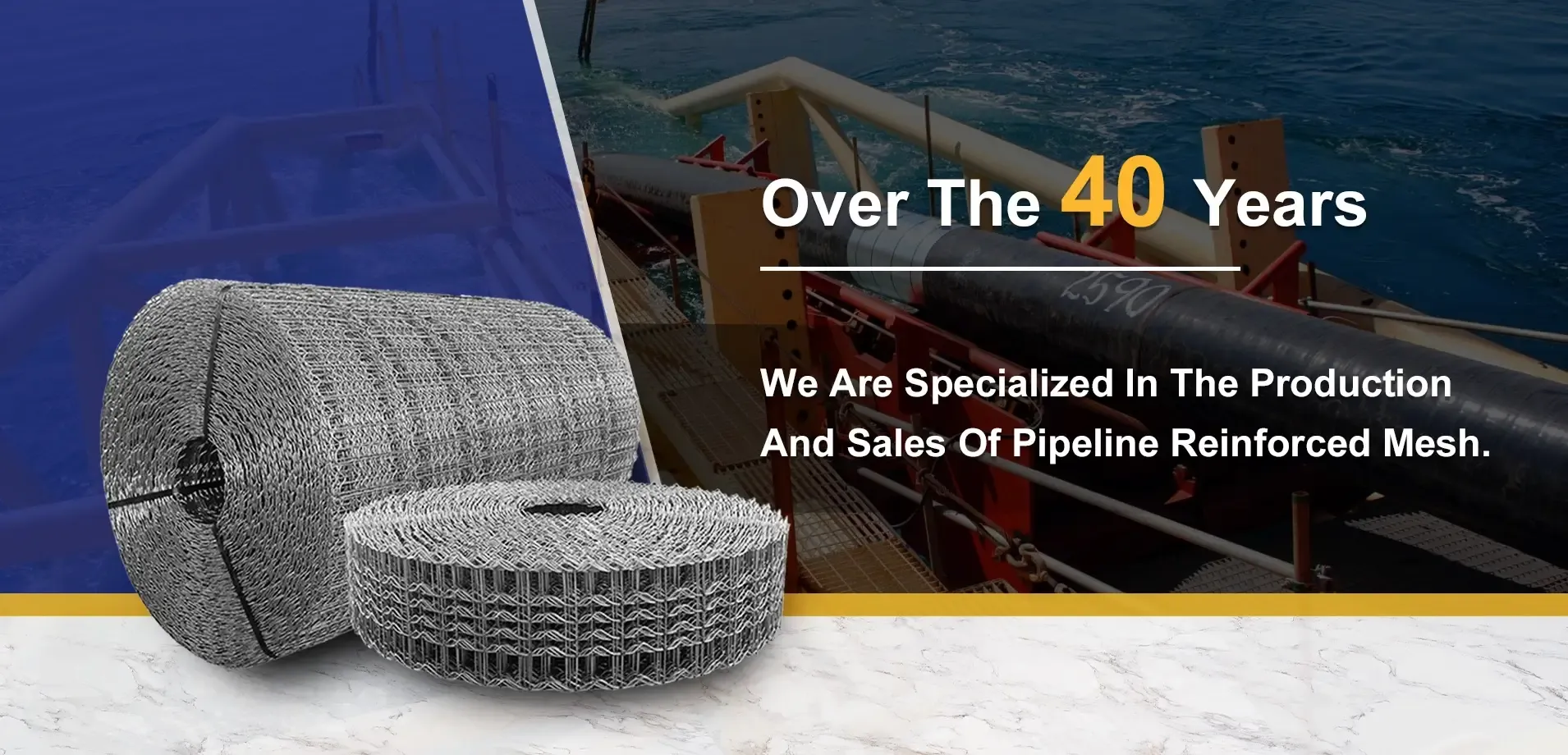- Industrial zone, South of Anping Town, Hengshui, Hebei, China.
- sales@hfpetromesh.com
- +86-18931809706
Current Trends and Factors Influencing Grating Steel Prices in the Market Today
Understanding Grating Steel Prices Factors and Trends
Grating steel, often used in a variety of industrial and construction applications, plays a crucial role in ensuring safety, stability, and functionality in many environments. Whether in walkways, platforms, or drainage covers, the pricing of grating steel is a significant concern for contractors, engineers, and project managers. Understanding the factors that influence grating steel prices can help stakeholders make informed purchasing decisions and budget effectively for their projects.
One of the primary factors affecting grating steel prices is the cost of raw materials. The primary component of grating steel is, of course, steel itself, which is a product of iron ore, coal, and other minerals. Fluctuations in the prices of these raw materials, influenced by supply and demand dynamics, geopolitical factors, and mining operations, can have a direct impact on the cost of steel production and, consequently, the pricing of grating steel. For instance, periods of economic growth often see increased demand for steel in construction and manufacturing, driving up prices.
Another critical factor is the manufacturing process of grating steel. The production of steel grating involves several steps, including cutting, welding, and surface treatment. Each of these processes incurs costs related to labor, energy, and equipment maintenance. As the prices of energy and labor fluctuate, so too does the cost of production, directly affecting the final price of the product. Additionally, advancements in manufacturing technology can alter production efficiency and cost-effectiveness, contributing to price variations in the market.
Market demand also plays a pivotal role in determining grating steel prices. Industries such as construction, oil and gas, water treatment, and transportation are significant consumers of steel grating. Economic trends within these industries can lead to periods of high demand, resulting in increased prices. For instance, during a construction boom, the demand for grating steel may surge, causing suppliers to raise prices to balance supply with elevated demand. Conversely, a downturn in the economy may lead to decreased demand and lower prices.
grating steel price

Seasonal factors cannot be overlooked either. Certain times of the year, particularly peak construction seasons, can lead to spikes in demand for grating steel. This, coupled with the potential for supply chain disruptions due to weather conditions or logistics challenges, can create volatility in pricing. Companies must remain vigilant and adaptable to these seasonal trends to optimize their procurement strategies effectively.
Trade policies and tariffs also significantly affect grating steel prices. Changes in government regulations or international trade agreements can either increase costs through tariffs or lower them through subsidized imports. For example, if a country imposes tariffs on imported steel, domestic suppliers may raise their prices to reflect a reduced competitive landscape. Stakeholders need to stay informed about policy changes that can impact their bottom line.
Lastly, the global economic environment plays a significant role in shaping grating steel prices. Geopolitical tensions, global pandemics, and trade disputes can create uncertainties in the market, leading to price fluctuations. The COVID-19 pandemic, for example, dramatically affected supply chains and production processes, resulting in significant price changes across the board.
In conclusion, the price of grating steel is influenced by a multitude of factors ranging from raw material costs and manufacturing processes to market demand, seasonal trends, trade policies, and broader economic conditions. By understanding these dynamics, stakeholders can navigate the complexities of grating steel pricing, make informed purchasing decisions, and effectively manage their project budgets. As the construction and manufacturing industries continue to evolve, staying updated on trends and shifts in grating steel prices will be essential for ensuring successful outcomes in any project.
-
The Power of Pyramid Shaker Screen - A 3-Dimensional SolutionNewsOct.24,2024
-
Exploring the Versatility and Durability of Steel GratingNewsOct.24,2024
-
Revolutionizing Drilling Efficiency with Steel Frame Shaker Screens for Mud Shale ShakersNewsOct.24,2024
-
Potential of Shale Shaker ScreensNewsOct.24,2024
-
Offshore Pipeline Counterweight Welded Mesh - Reinforced Mesh in Marine EngineeringNewsOct.24,2024
-
Revolutionizing Offshore Pipeline Stability with Concrete Weight Coating MeshNewsOct.24,2024
